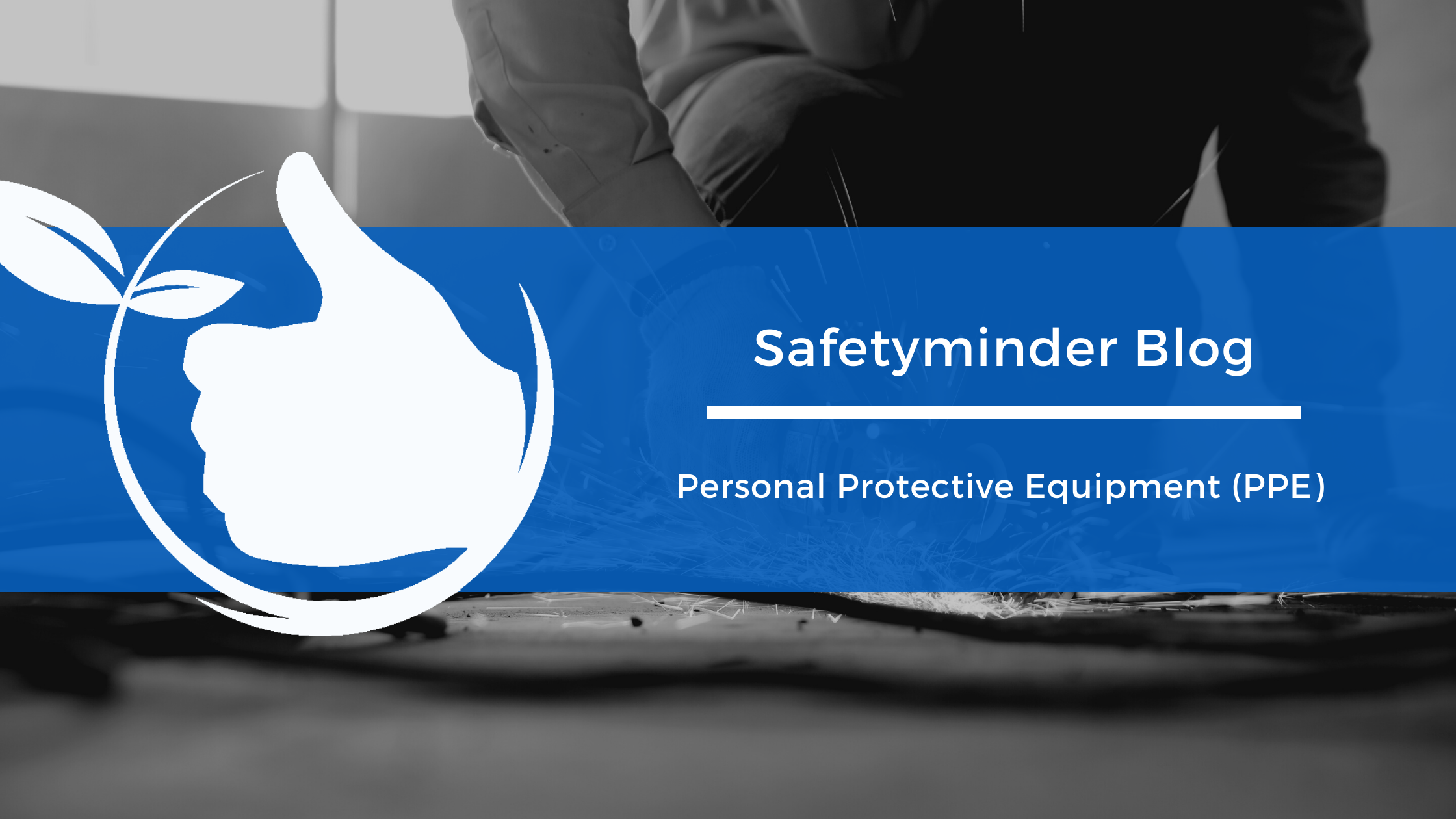
PPE refers to anything used or worn to minimise risk to workers’ health and safety. This may include, but is not limited to:
- boots
- ear plugs
- face masks
- gloves
- goggles
- hard hats
- high visibility clothing
- respirators
- safety harnesses
- safety shoes
- sunscreen.
Work health and safety duties
Where PPE is to be used it must be:
- Selected to minimise risk to health and safety, including by ensuring equipment is:
- suitable for the nature of the work or hazard
- a suitable size and fit for the individual who is required to use it and that it is reasonably comfortable.
- Maintained, repaired or replaced, which includes ensuring the equipment is:
- clean and hygienic
- in good working order.
- Used or worn by the worker, so far as is reasonably practical.
Employers must:
- consult with their workers when selecting PPE
- ensure, as far as is reasonably practicable, that the PPE is used or worn by the worker
- provide the worker with information, training and instruction in the proper use and wearing of PPE and its storage and maintenance.
Worker responsibilities
A worker who is provided with PPE by their business must:
- Use or wear the PPE in accordance with any information, training or reasonable instruction provided by their employer, so far as they are reasonably able.
- Not intentionally misuse or damage the PPE.
- Inform the business of any damage, defect or need to clean or decontaminate any of the PPE if they become aware of it.
If the PPE is uncomfortable, does not fit properly or the worker has an adverse reaction using it, they should consult their manager.
If a worker refuses to wear or use the PPE, the business can take action against the worker. A worker who does not wear or use PPE, or intentionally misuses or damages it, may face disciplinary action or even prosecution.